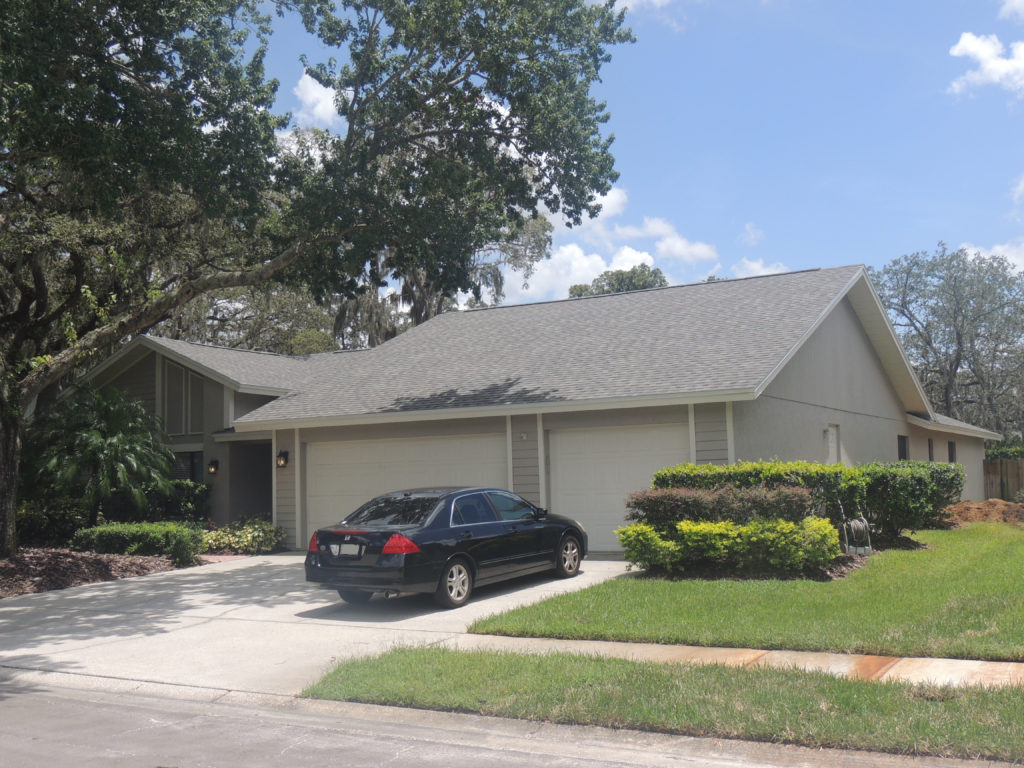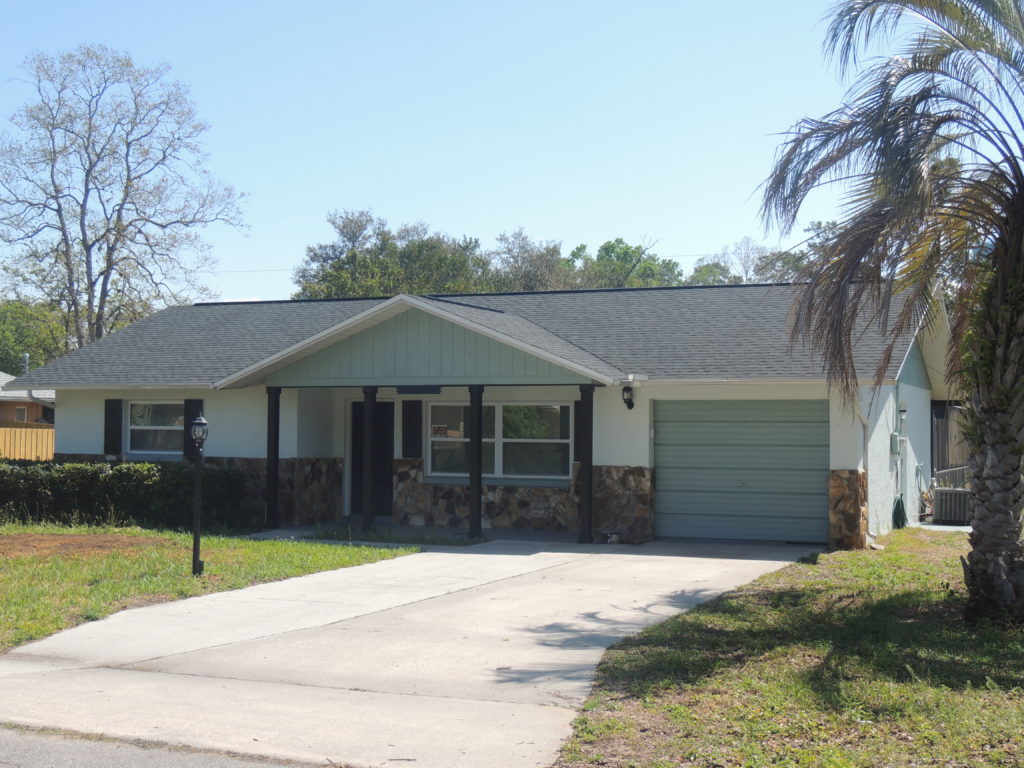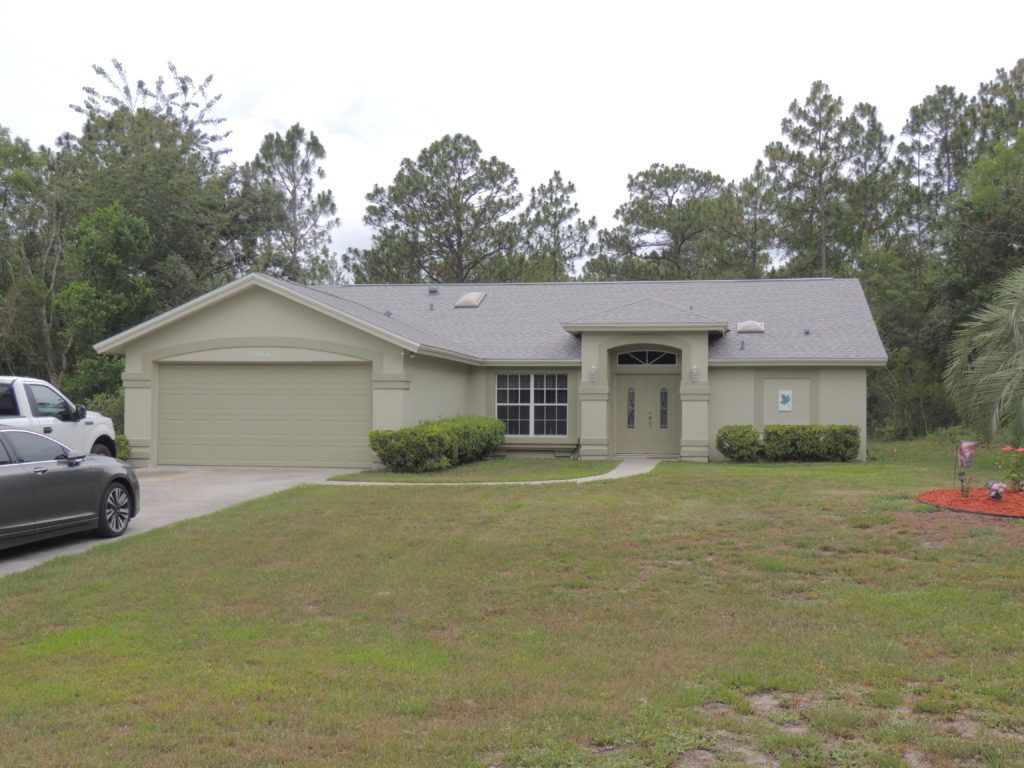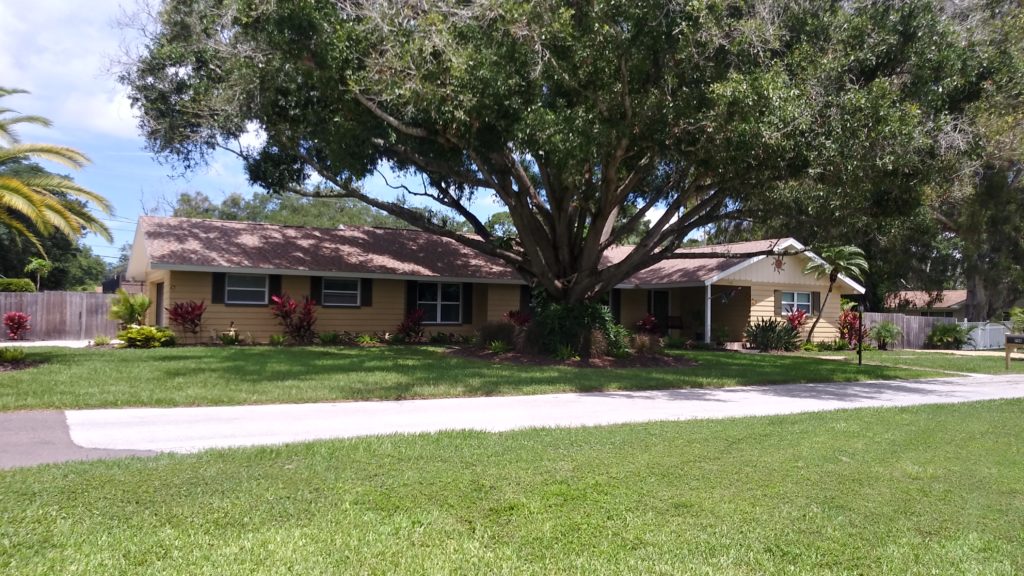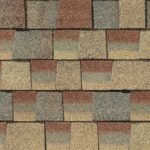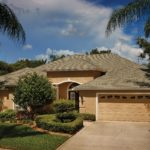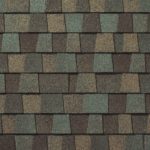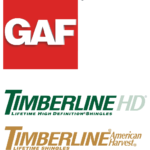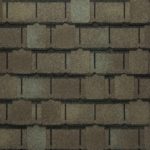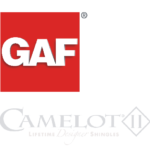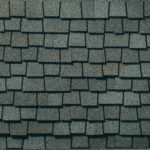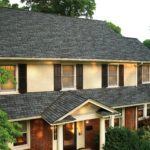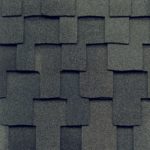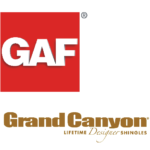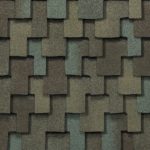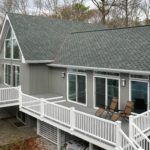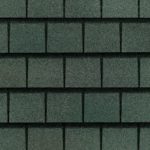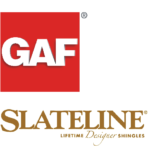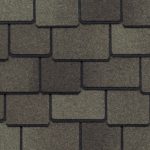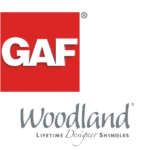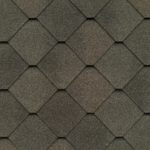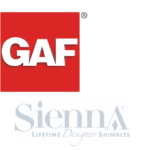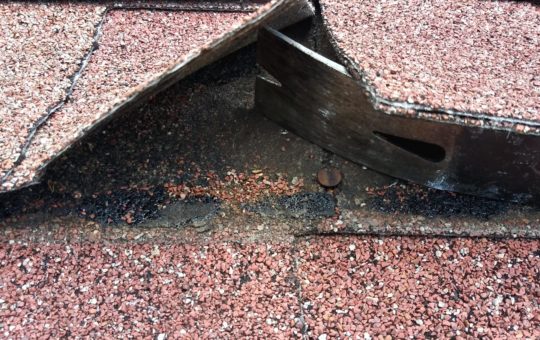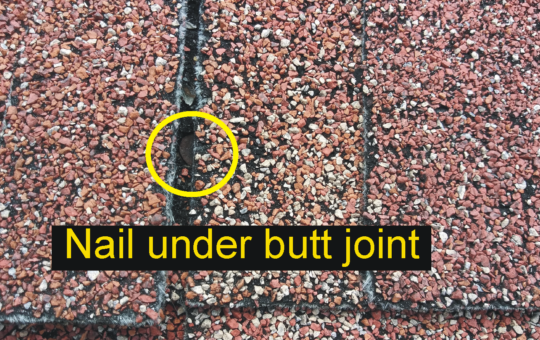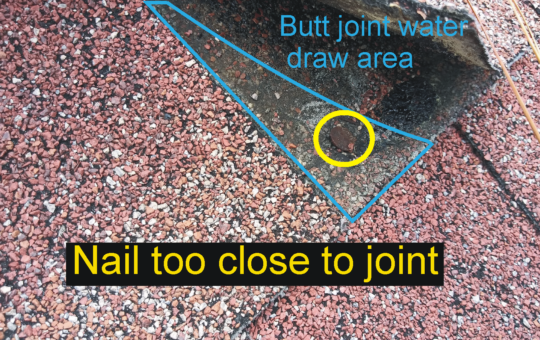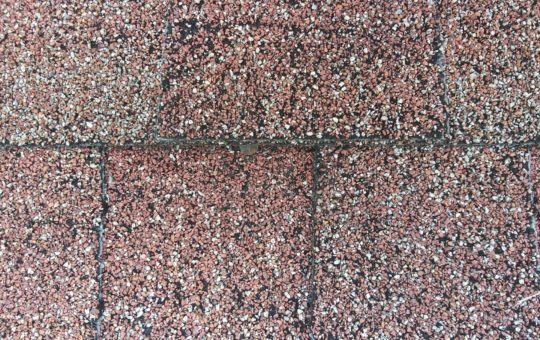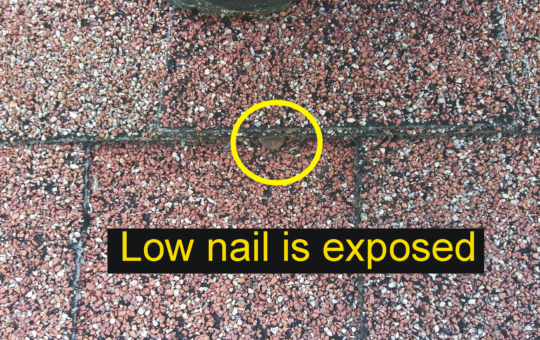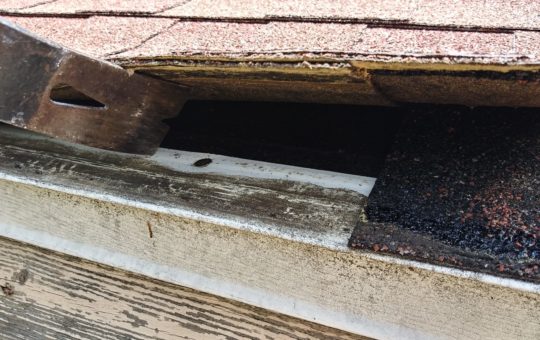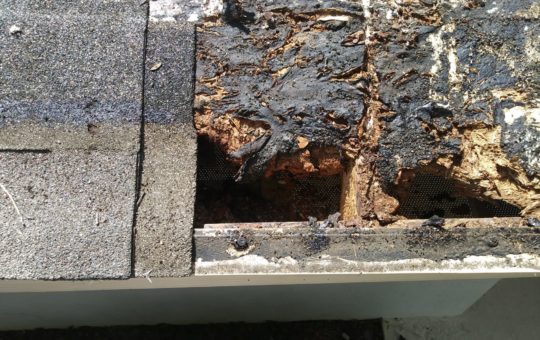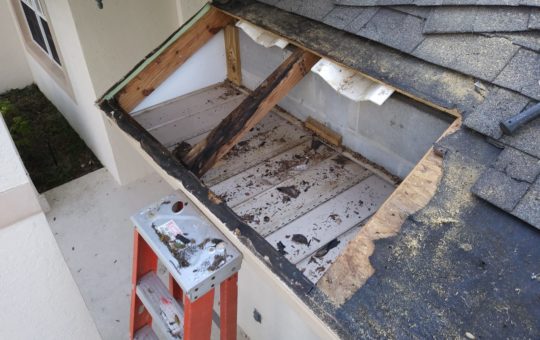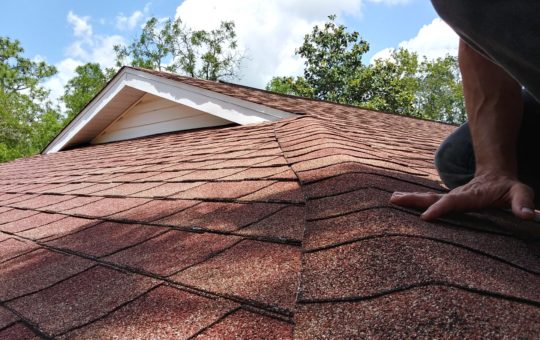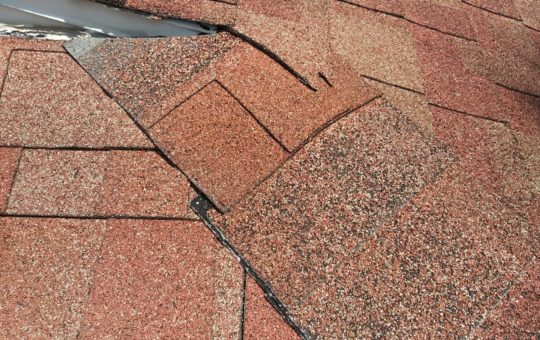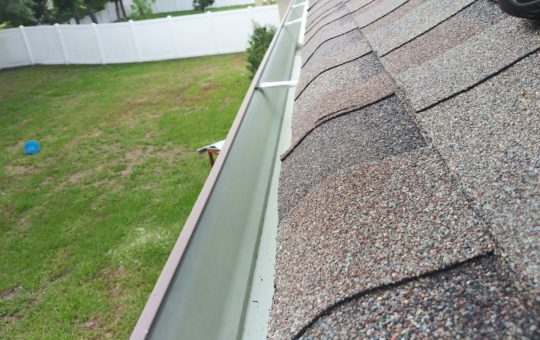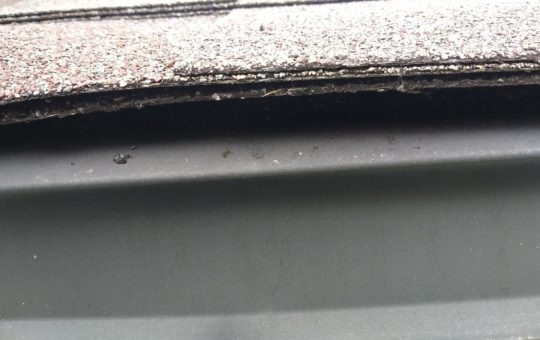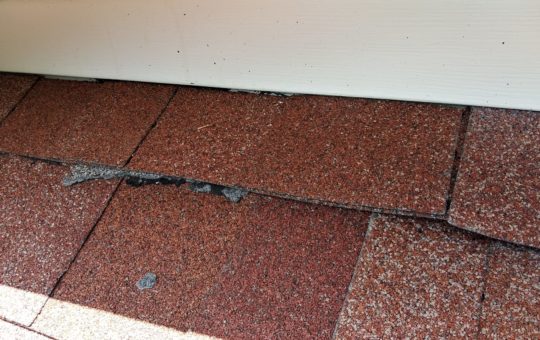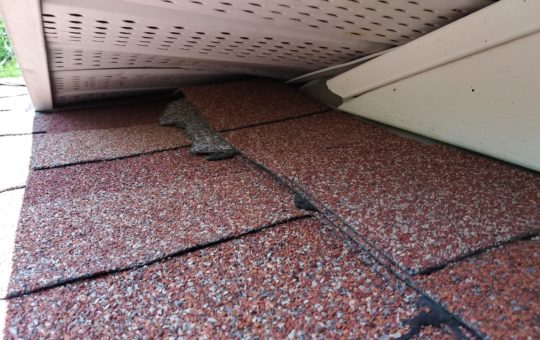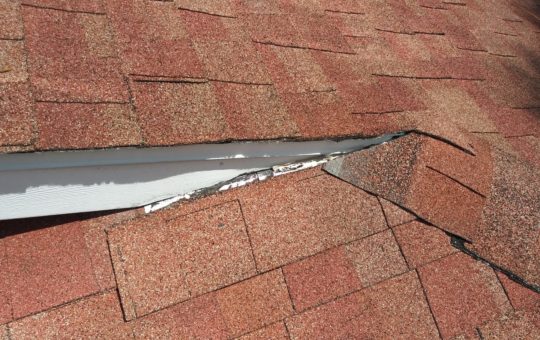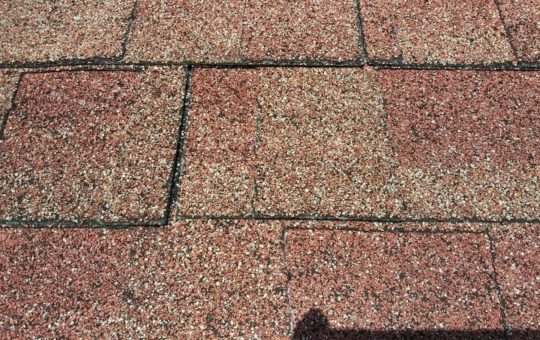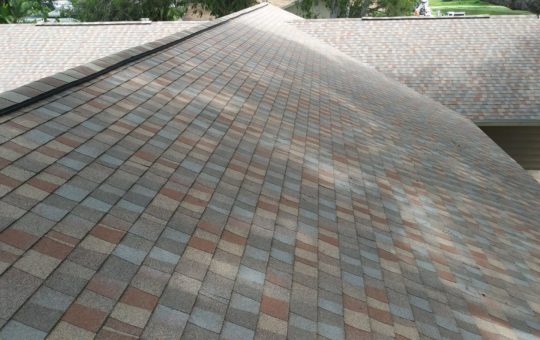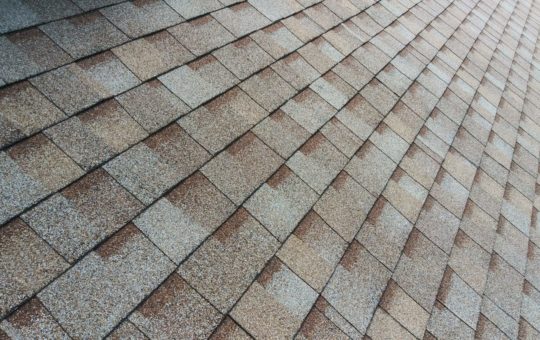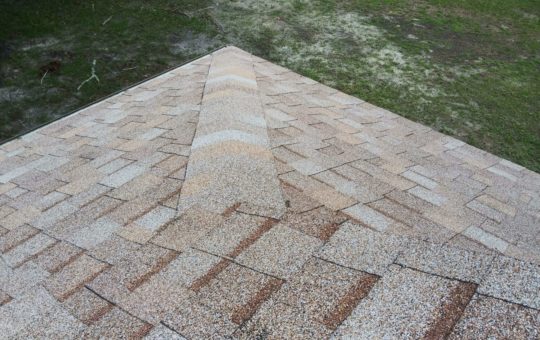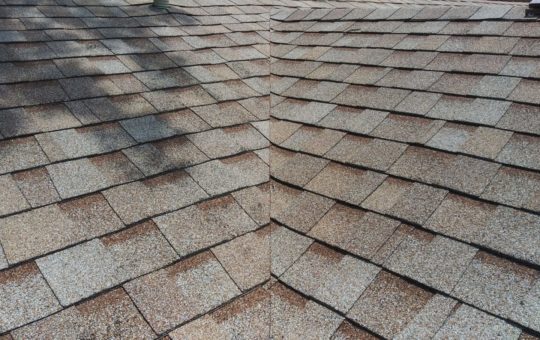Shingle design
Shingle design has come a long way in 100 years. Below are a few styles that are available today. For more information on these or other options contact us.
Proper installation
Shingling a roof has it’s challenges. Laying shingles can seem simple but focus and experience make the difference between years of leak free peace of mind or continuous worry and stress. From an aesthetic standpoint it’s the difference between straight running, flat laying shingles and wavy runs or buckles. Below are a few factors that can vary from company to company based on the supervision and skill of the workers they employ.
Leak free workmanship
A roof systems primary function is to keep water from entering the house structure. This must always be the first goal in the installation process. When proper install practices are used, the workmanship will mirror the lifespan of the materials.
Butt joints with improperly placed nails are a common cause of leaks. A misplaced nail will usually not be an immediate problem but over time will develop into a leak that can be costly to the homeowner if it falls outside of the warranty period. Misplaced nails often require extensive searching (lifting of shingles) to be found. This in turn can cause more damage if the shingles will not easily separate. It is easy to see how a simple mistake could cause extensive damage to ceilings and the home interior before the leak is found.
This image shows a nail under the butt joint. Fortunately the shingles were not damaged during separation. This nail location will be repaired and the shingles resealed.
Low nails are another major cause of roof leaks. When proper care is not taken, nails can be shot too low and end up below the shingle overlap. This too will usually take time before a noticeable leak appears.
The result of the bad nail location. Luckily the homeowner caught the problem early and ceiling damage was minimal.
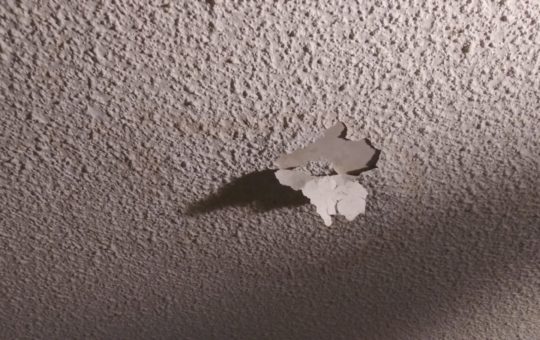
Sealing shingles around eaves, rakes and penetrations is another important procedure. Not only does it prevent water from penetrating the roof, properly cemented eave and rake shingles prevent damage due to lifting in high winds.
This image not only indicates the total absence of roof cement at the eave, but it also shows the lack of nails in the drip edge. This metal could easily be ripped off in a high wind situation causing a chain reaction with the shingles.
Starter strip overlap is another crucial detail that causes eave leaks over time. Offsets or steps in shingle installation are required to prevent double stacked butt joint leaks. this same offset is just as necessary for starter strips. If the offset is too little, water can find it’s way past the starter and penetrate the roof causing deck and structural wood damage. This offset is about an inch and a half. Clearly well under the necessary requirement.
Attention to detail
It can’t be argued that the primary goal in roofing is to protect the home from water damage. However, the close second is a roofs look or appeal. Although the images below won’t cause leakage, aesthetically these homeowners are not getting their moneys worth.
Snapping lines would have prevented these hip caps and shingle lines from wandering.
When money or speed becomes the driving force, situations like this occur. Either the company didn’t want to lay out the extra money for more cap shingles or the installation crew were trying to finish as quickly as possible. Another case where the roof is watertight, but is aesthetically sub par.
More images of lackluster workmanship.

Its easy to see how materials only play part of the roll in a quality roof. We see these problems on a daily basis. It is the driving force behind our company to save as many homeowners as possible from such nightmares. Here are a few images of what a homeowner should ALWAYS expect for their money.
Perfect lines not only look great, they also ensure that nails are covered and adhesive strips adhere in the proper place.
Straight cut valleys look clean and are preferred over “California cut” valleys. This method is also the least likely to cause build-up of debris.
Painted boots & vents not only look better by blending in with the roof color, they also tend to add another layer of protection to the vents prolonging their life and painted boots tend to deter squirrels from chewing the lead.
Properly spaced nails are the most important factor on a shingle roof. They prevent leaks from occurring while also ensuring that the shingles stay in place in high velocity wind storms.
Drip edge’s, vents and boots also require correct nailing to keep them in place during wind storms as well.
Cementing protrusions correctly prevents leakage. Layered cementing during installation adds another layer of protection and prevents potential tab lifting in storms.
Better materials give a cleaner more finished look and provide better protection.


